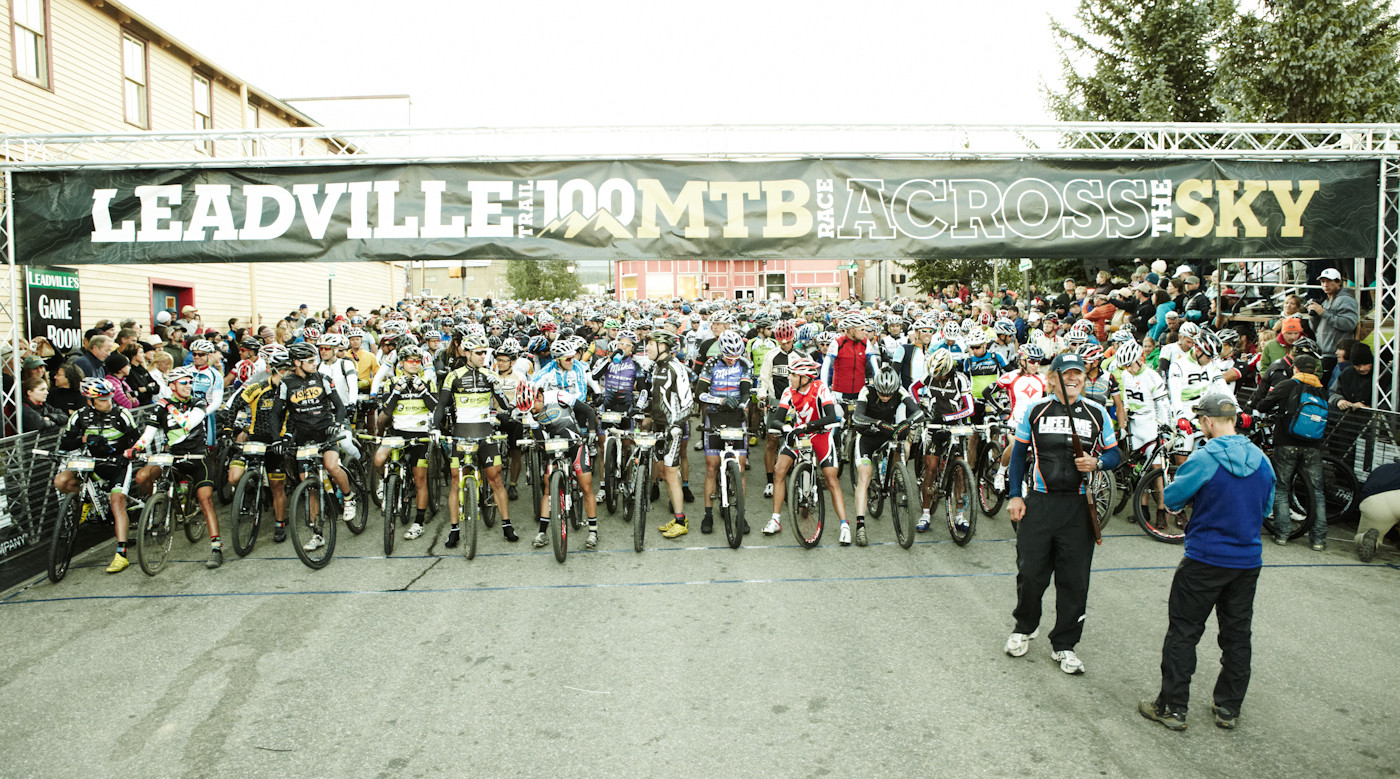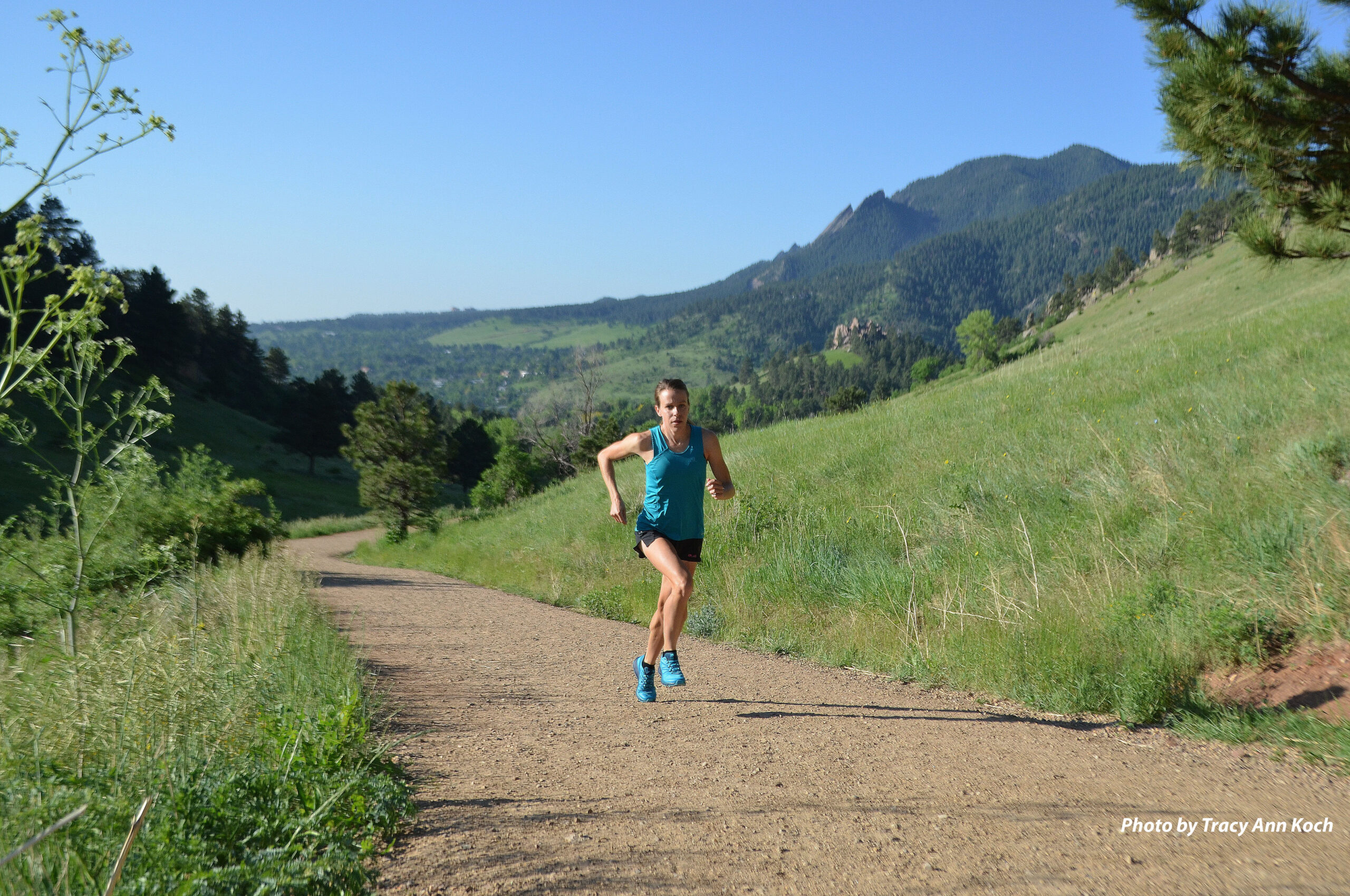Dispatches from Columbine
By Dave Wiens
“Endurance mountain bike event” is not-so-top-secret code for a really long ride. And just how many long rides are sufficient? Dave Wiens helps you bring method to your madness – and he even offers a peek at his LT100 training diary.
“How long should my long training rides be? And how many should I do when preparing for an endurance event?”
I get these questions a lot. The popularity of endurance racing is growing, and more and more new racers are committing to challenging distances – but often they aren’t sure just how long they need to ride to be ready for the big day. Let’s break it down.
In a week of training, you’ll typically have one endurance day of long riding at medium intensity. For 9-to-5ers, this opportunity to ride for hours most likely takes place on the weekend. An effective structure for those with a typical workweek is harder short rides on weekdays followed by a longer training ride (or rides) on weekends.
As you plan out your training weeks, keep in mind one of my favorite monikers: “When in doubt, do less.” In my opinion, many athletes ride too much, piling on the miles, hours and vertical.
What are your goals?
Finding what’s right for you depends in large part on what your goals are. Let’s take two examples.
Our first rider wants to ensure his or her best physical performance in the targeted event and will do whatever it takes. If this means doing one-legged intervals on a unicycle, this rider will do just that.
Our second rider – and believe me, endurance racing is filled with riders like this example – wants simply to enjoy the training journey by cramming in as many long, epic adventures as possible, usually on a mountain bike in the most primitive setting available. I have known riders who will gladly take memorable “training” hours in the saddle over finishing places and completion times.
I like both styles. I was trying to be as fast as I could on race day for my last four LT100 races, and spent half my time on a road bike doing pretty structured training (structured for me, that is; hardcore sports scientists would scoff!) To get a sense of that style of preparation, you can check out my training diaries leading up to the 2010 LT 100. I felt about as fit as I have ever been for an endurance race.
But my LT100 races from 2003 to 2006 were contested based on nothing more than lots of fun, hard, adventurous training and racing. I can’t say that I preferred one way to other; they were both great fun. While I enjoyed going out and exploring the backcountry on all-day epics, I also liked going out on my road bike and ticking off structured efforts and intervals. During the period of 2007 to 2010, I rode fewer hours per week and my longest rides were much shorter. The intensity of my riding was also much higher.
If your goal is to have fun on long, epic rides, then do just that as much as you like. But if you are more concerned about the strong result on race day, I would suggest only riding long one day per week.
How long should your longest training rides be?
Don’t think that you must achieve the same distance and vertical gain as your event distance during your training. I think this becomes even more acute at the longer distances. During those years when I routinely or even occasionally did 100-mile or longer training rides, I felt flat and kind of spent, both physically and mentally, by the time Leadville rolled around. Then again, while those rides might not have coaxed my best race performance out of me in that year, who’s to say they weren’t part of the foundation that allowed me to get stronger in subsequent years?
And therein lies the rub: there are so many variables to human performance, short and long-term, that it almost boggles your mind to try to make sense of it…and that’s part of why it’s fun!
I have always felt that these endurance races are stretch goals: your training gets you close, and that, combined with the mental aspect that only race day provides, gives you everything you need to excel from the starting gun to the finish line. Being mentally fresh is a huge part of this, too. Most of us only have so many of these really hard efforts in us. Don’t use them up, physically or mentally, before you get to your targeted event.


